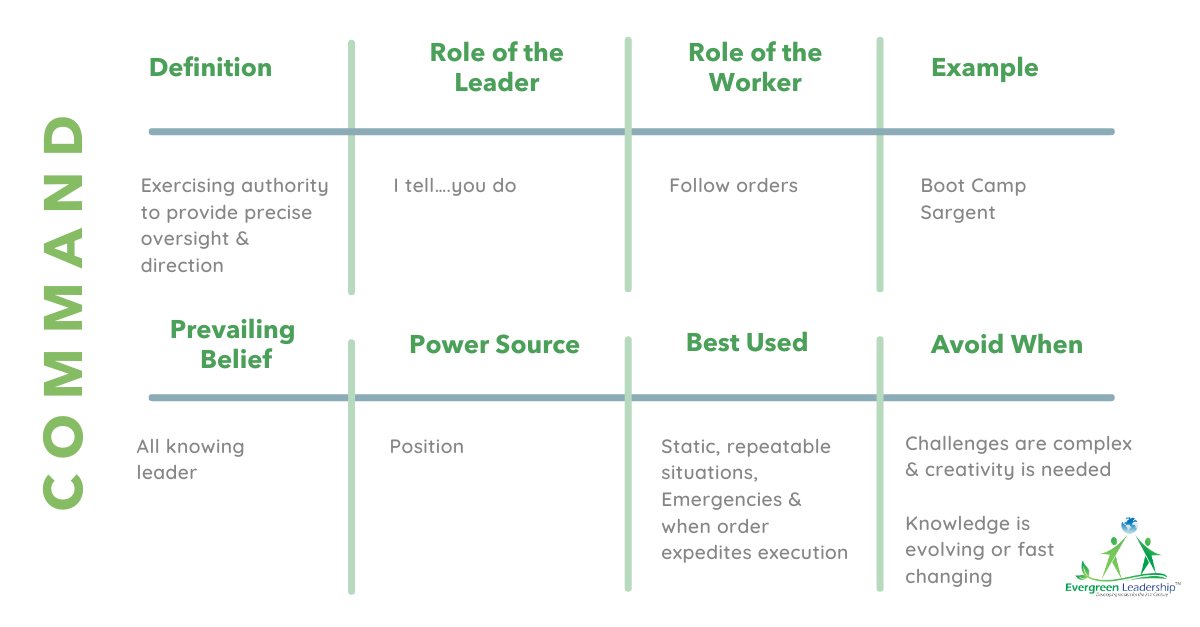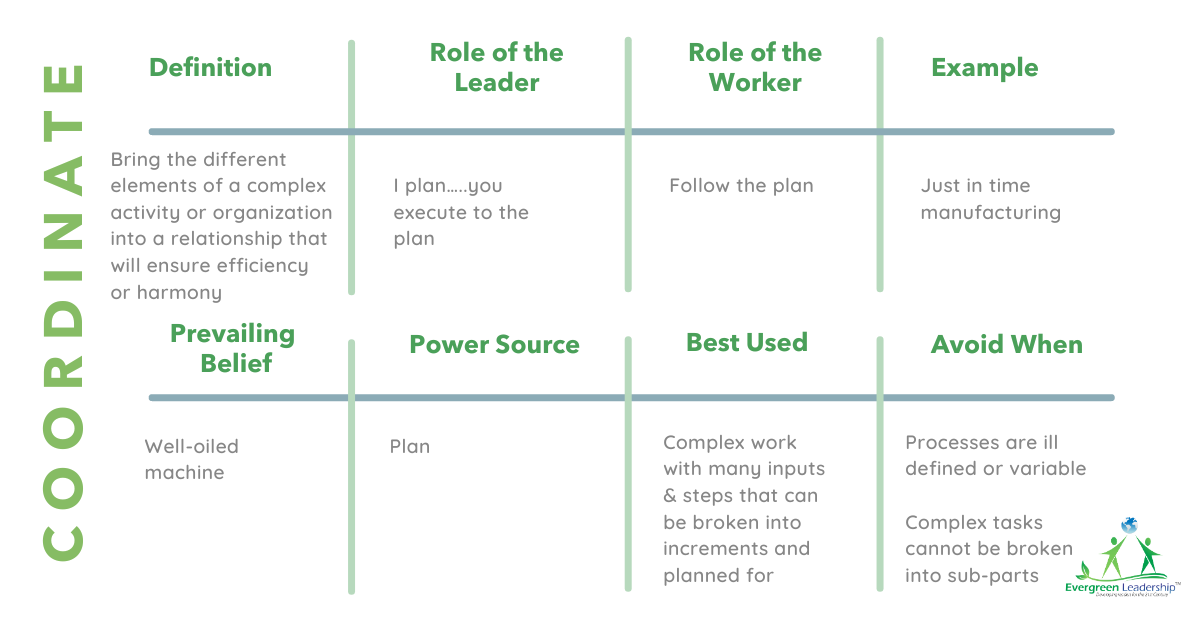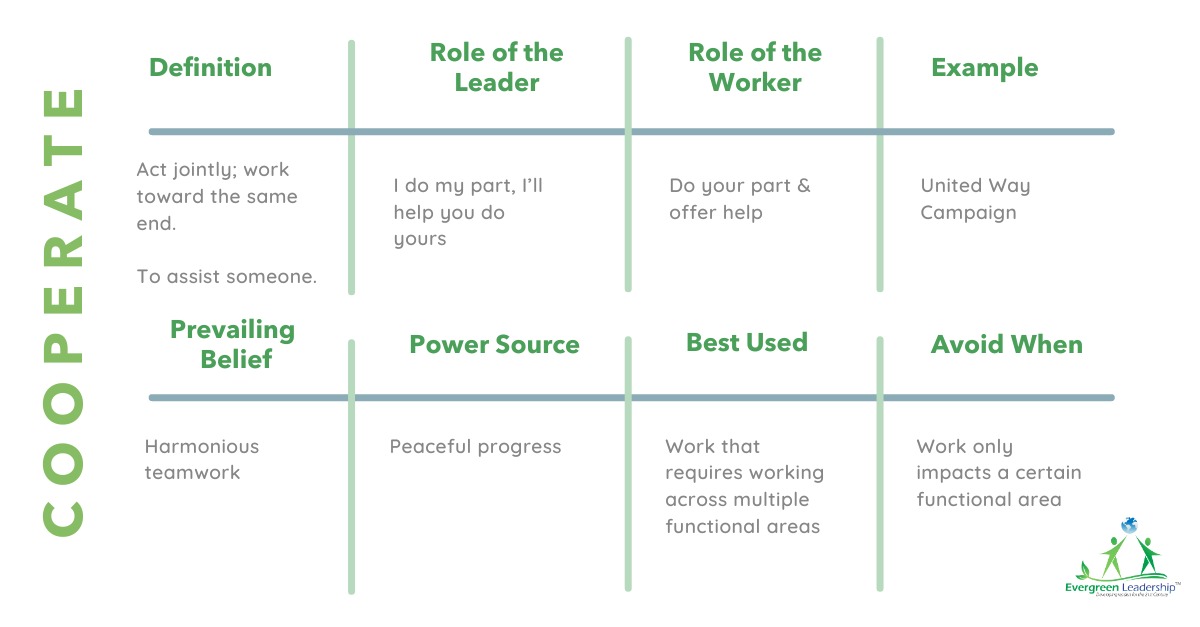I recently presented a collaboration session to a group of Talent and Development professionals. As it often happens, the keenest insights from my talk came not to the audience (although I hope there were a few) but to me. True confession: the presentation highlighted several areas where my “talk” doesn’t always match my “walk.” Ouch!!!
So today, I’ll share, with humbleness, the insight that smacked me upside the head!
The Context
Early in the session, I asked the audience to describe the environment they found themselves in. Responses came fast and furious:
- Things are changing faster than we can keep up.
- I feel overwhelmed and overworked.
- Too much to do and too few resources to go around.
- New technology, competitors, and ideas are coming at us from all directions.
- Struggling to deal with a post-Covid work environment.
- Generational differences – and difficulty bridging the gaps.
- Organizations that need to make significant changes but seem stuck in the past.
I’m confident that the responses would be the same no matter the audience.
As my topic was collaboration, we then explored four levels of engaging people:
The Four Levels of Leading
- Command:
Definition: Command involves exercising authority to provide precise oversight and direction. It is a hierarchical approach where leaders give orders, and workers are expected to follow them without question.
Role of the Leader: The leader takes on a directive role by giving instructions, expecting compliance, and emphasizing hierarchy.
Role of the Worker: Workers are expected to follow orders and execute tasks as directed by the leader.
Best Used: The command approach best suits static, repeatable situations or emergencies where a clear chain of command expedites execution. It is effective when knowledge is well-defined and processes are established.
Example: A Boot Camp Sargent providing clear and direct instructions to trainees.
- Coordinate:
Definition: Coordination involves bringing different elements of a complex activity or organization into a relationship that ensures efficiency and harmony. It focuses on planning and execution based on a predetermined plan.
Role of the Leader: The leader takes on a planning role, devising a detailed execution plan, and expects workers to carry it out.
Role of the Worker: Workers follow the plan provided by the leader, executing their assigned tasks.
Best Used: Coordination works well in complex work scenarios with many inputs and steps that can be broken down into increments and planned for. It suits cross-functional teams or projects requiring working across multiple functional areas.
Example: Just-in-time manufacturing, where various departments work together based on a well-coordinated plan to achieve efficient production.
- Cooperate:
Definition: Cooperation involves acting jointly and working toward the same end. It emphasizes mutual support and assistance between team members.
Role of the Leader: The leader actively performs their assigned tasks and provides help and support to the team members.
Role of the Worker: Workers are expected to do their part and help others when needed, fostering a collaborative environment.
Best Used: Cooperation is effective in complex and ambiguous work situations that require innovation, creativity, and collaboration. It is well-suited for diverse groups, cross-functional teams, or situations where new solutions need to emerge.
Example: United Way Campaign, where individuals work together to achieve a common goal of raising funds for charitable causes.
- Collaborate:
Definition: Collaboration involves working jointly on an activity, especially to produce or create something in the pursuit of a common goal. It emphasizes teamwork, learning, and creating value.
Role of the Leader: The leader actively participates in the work, learns together with the team, and supports the creation of something valuable.
Role of the Worker: Workers contribute fully to the team and the goal, leveraging their skills and expertise to collaborate effectively.
Best Used: Collaboration is best suited for complex tasks that cannot be easily broken into sub-parts where knowledge is evolving or fast-changing. It thrives in environments where innovation, creativity, and a sense of purpose are essential.
Example: The development of the iPhone, where teams from different disciplines collaborate closely to create a groundbreaking product.
All this set the groundwork for my thesis:
In today’s environment, effectively collaborating is necessary and almost imperative, especially in complex situations that are fast changing (or the place in which we find ourselves).
The Application
Once I’d set up why collaboration was important and presented the core concepts, we moved into the application. We examined their work in their organizations and the programs they were designing and delivering, asking where their programs fell on the continuum.
As expected, safety and compliance training fit squarely into command – as it should.
There was a fair amount of coordinating (working with departments and employees) and a smidge of cooperating.
To my dismay, the collaboration examples were few and far between.
My Humbling
Luckily, I was able to share (and demonstrate) several places in which I was actively working with my clients and within my company to make learning collaborative. After all, collaboration has been a key focus of mine for a decade, and shame on me if I couldn’t come up with a few tangible examples.
The presentation did cause me to examine my actions through this framework. How was I working with others? What type of behaviors did I exhibit? What did I encourage others to do?
Wow! I’ve been both shocked and dismayed at how often I slip into command mode. In bigger projects, collaboration is always a consideration for me. Yet, in the day-to-day stuff, I do far more commanding than I would like to admit.
When I do, I have such easy rationalizations:
- This needs to be done quickly.
- I know how to do this best.
- It will be messy to get others involved.
- It’s just easier to make this happen.
- They won’t know how to do this unless I give them explicit directions.
- It needs to be good, so I’d better exert some control.
All can be true, but often times they can be patently false. There are plenty of times when:
- Quick does not equate to adopted.
- Involving others would create something better.
- It will be messy (true) but better in the end.
- I don’t have to carry the entire load.
- I don’t know everything – and others have great ideas.
- It needs to be good, so I can set a standard and allow others to shine.
I feel compelled to make one disclaimer.
Not every situation calls for collaboration. The ability to discern when to command, when to coordinate, when to cooperate, and when to collaborate is essential.
After my humbling, I’ve heightened my diligence in being more intentional about the way I’m showing up on a team. I’m refusing to just slip into “command” or “coordinate” because it is fast and easy.
And I’m also reserving collaboration for when the challenge is complex, the solution is murky, and involving others will result in better outcomes, innovative solutions, and more robust adoption.








